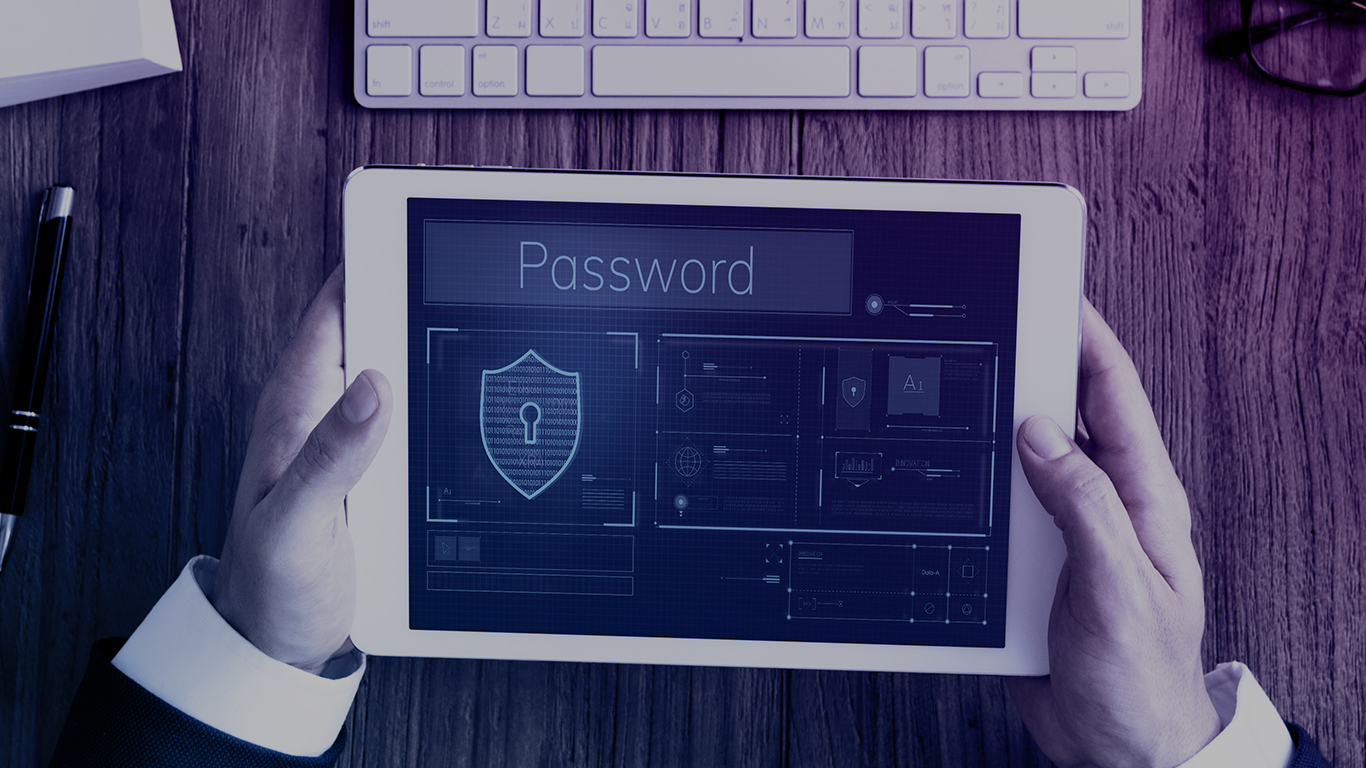
Beware of Data Leakage and Its Impact on Organizations!
Friday, 24 September 2021
We live in the world where everything has transformed digitally. With the rapid technology advancements in the digital transformation era, people are very dependent on technology in all aspects, including in business. Technology is proven to make business more beneficial, allowing organizations operate more efficient. However, the implementation of technology in organizations can also cause troubles and loss when data leakage occurs. Data leakage happens when sensitive information is shared with unauthorized users from inside or even outside the organization.
How Data Leakage Occurs in Organizations
Data leakage can occur because of many causes and therefore, it is highly important for organizations to understand that the causes embarked through external or even internal sources. Protective measures are required to ensure that these most common causes of data leakage can be prevented. The first cause is accidental leakage. Most data leakage incidents are accidental. An employee might choose the wrong recipients when sending emails consisting of confidential data and then the data is misused. Unfortunately, this accidental leakage still causes the same penalties and damages for organizations.
Furthermore, ill-intentioned employees can also cause data leakage. It does not guarantee that employees who have signed an employment contract will not leak any confidential information if they are probably dissatisfied with the organization or even promised a hefty pay out by cybercriminals. This data leakage is often referred to as data exfiltration.
The last cause of data leakage is electronic communications with malicious intent. Employees in many organizations are given access to internet, email, and instant messaging to make their works easier. However, these mediums can transfer files access external sources via internet, causing data leakage through malware and phishing attack. Malware is a software loaded without intention that opens access for a hacker to exploit a system, while phishing attack is a practice of sending fraudulent communications that appear to come from a reputable source through email.
How Data Leakage Impacts the Organizations
The occurrence of data leakage has several impacts on the organizations. Data leakage has an impact on the organization’s finances. The costs that organization bears for the damage control can be substantial depending on the type of data leakage. The costs include for increased security measures, the leakage investigation, compensation for those affected, decreased share value, and legal fees.
Moreover, data leakage also has an impact on brand reputation. Reputational damage can be devastating to business as customer loyalty, negative press, impersonation and identity theft, and employees’ negative views are the results of it. The damage on brand reputation can be long-lasting and this will affect the organization's ability to attract new customers, investments, and employees.
Conclusion
To sum up, data leakage is extremely dangerous for organizations. The impacts from data leakage can cause a lot of disadvantages to business. Organizations must be more aware of data leakage and the causes of it so it will not occur in the organization and harm the business.
Reference:
Browning, J. (2021, August 24). What Is Data Leakage and Why Should You Care? Impact Networking. https://www.impactmybiz.com/blog/what-is-data-leakage/
Cyber Edu. (2021, May 6). What is Data Leakage? Forcepoint. https://www.forcepoint.com/cyber-edu/data-leakage
Strawbridge, G. (2020, February 28). 5 Damaging Consequences Of A Data Breach. MetaCompliance. https://www.metacompliance.com/blog/5-damaging-consequences-of-a-data-breach/